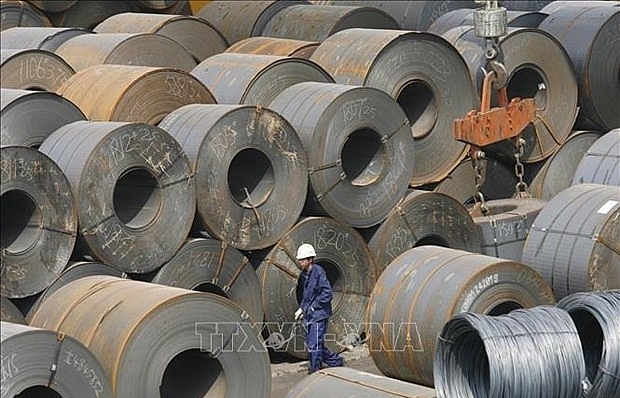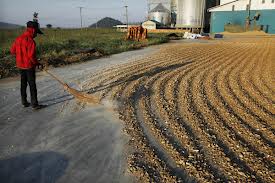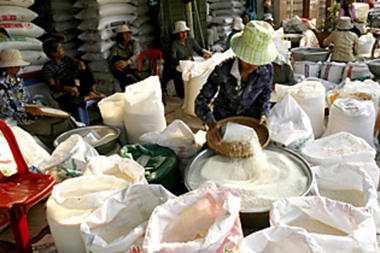Rubber price drops as exports increase
Rubber price drops as exports increase
Rubber exports increased by more than 5 per cent in the first half of the year compared to the same period in 2011 as the price decreased more than 28 per cent, according to data received from Cambodia’s Ministry of Commerce.
 |
The Ministry of Commerce’s statistics show rubber exports icreased 1,106 tonnes from 21,511 tonnes to 22,617 tonnes in the first half of the year, though the value decreased 28 per cent year-on-year from US$102.2 millions last year to $73.5 million for the first half of this year.
The data shows that rubber’s average cost was around $4,600 per tonne at the end of the second quarter of last year, but it dropped to about $3,170 at end of the second quarter of 2012.
Ly Phalla, director-general of the General Directorate of Rubber Plantations at the Ministry of Agriculture, Forestry and Fisheries, said that officials are searching for the causes behind the price decrease, but he thought it was the result of impacts from the eurozone’s currency fluctuations and the US market slow down leading to a drop in demand.
“Investors don’t want to risky investments like rubber. They want to turn to other sectors which are more stable,” he said, adding that Cambodia also experienced the minor price increases during the first quarter of the year.
Kong Putheara, director of the Department of Statistics and Information at the Ministry of Commerce, said that Cambodia exports Kreb rubber and a big market for Cambodia is Vietnam and China, because they are easy to export to.
“The price fluctuations mean farmers don’t always make the profit they were hoping to,” he said.
Those who run businesses growing rubber trees maintained that although the price of raw rubber dropped significantly it wasn’t a loss but simply fewer profits.
Mok Kimhong, general director for Chub Rubber Plantation in Kampong Cham, said that the company’s rubber exports increased even as rubber dropped below $2,800 per tonne.
“Rubber farmers have no problem, although the price is at an amount that offers us fewer profits than before,” he said.
Ly Phalla said earlier in the year that the aim of the Cambodian government is to increase land for cultivating rubber trees to 300,000 hectares able to yield a total of 290,000 tonnes by 2020
phnom penh post


















